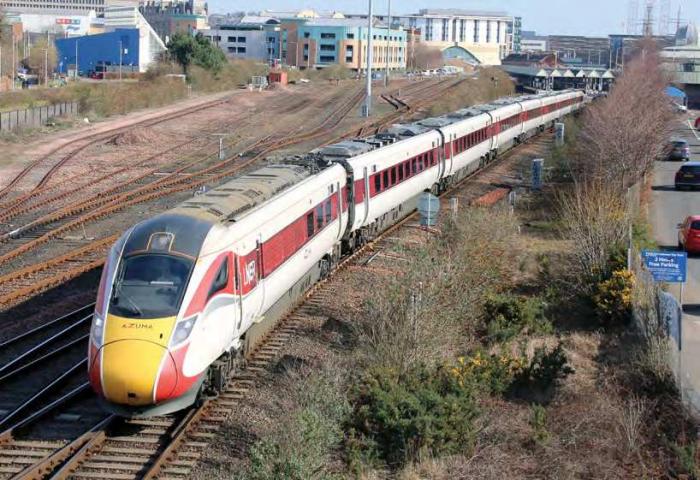

After nearly a decade of paying a net premium to the Department for Transport (DfT), in 2018-19 the franchised train operating companies (TOC) reverted to collectively requiring a subsidy. In its annual financial review for the year, the Office of Rail and Road (ORR) had this reassuring comment about the change: ‘The increase is largely because of policy decisions in PR13 about how the industry is funded (the balance between network grants and access charges) rather than wider performance issues’.
